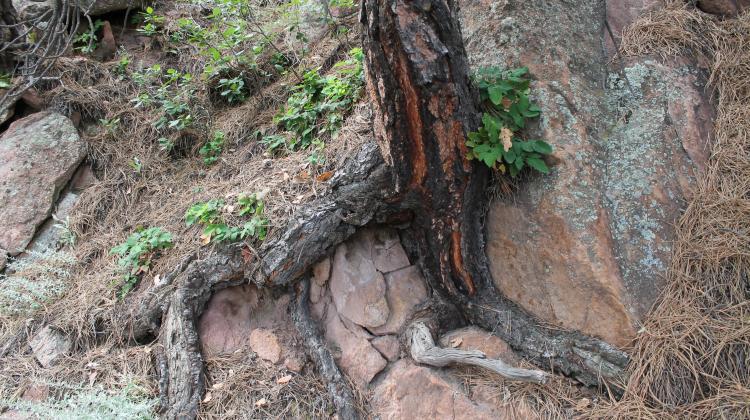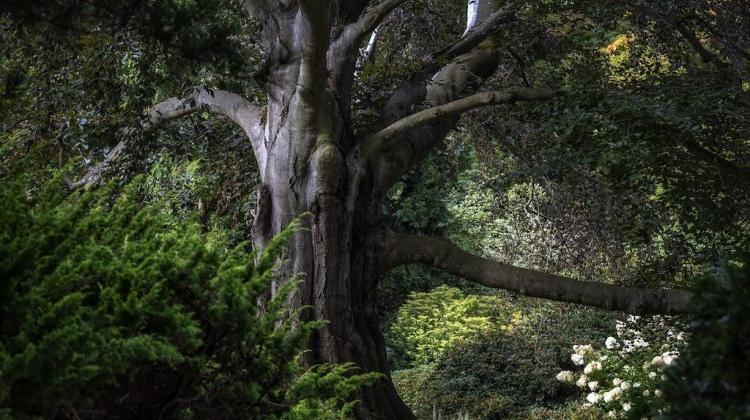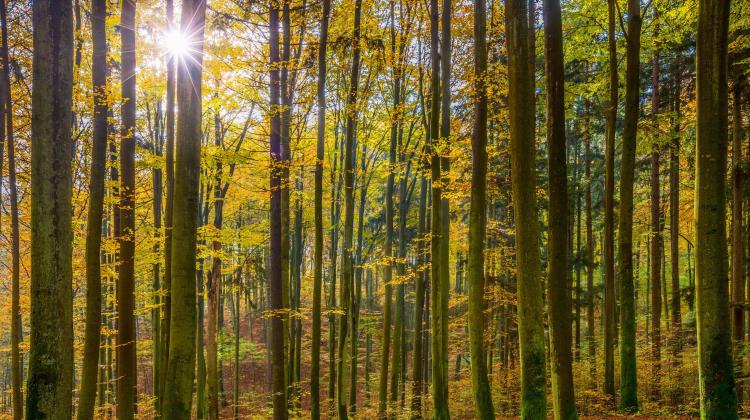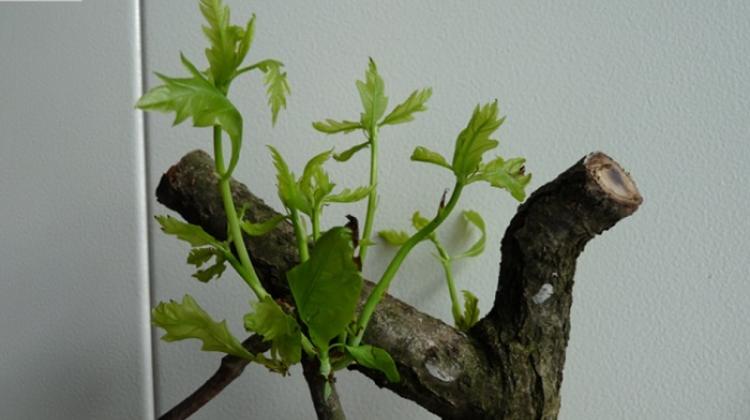Scientists to Investigate Whether Tree Roots Destroy Rocks
 Photo from Łukasz Pawlik's private archive
Photo from Łukasz Pawlik's private archive
Researchers from the University of Silesia in Katowice are to investigate whether and how tree roots, soil bacteria and mycorrhizal fungi affect the weathering (decay) of rocks, and then the development of soils or the formation of the shape of mountain slopes.
Dr. Łukasz Pawlik from the university’s Faculty of Natural Sciences said: "A lot of research results, including mine, indicate that trees are a fairly significant carving (biogeomorphological) factor.
“For example, when a tree is knocked down by a strong wind, a part of the soil material is thrown onto the surface of the slope along with its roots, which leads to surface disruption: hollows and mounds are formed.
“Such forms can be found even in places where the forest was present several thousand or several hundred years ago, and currently there is only a mountain clearing.
“Examples are known from the Alps, but also from the Gorce range in the Beskids.”
He continued: "We assume that tree roots are able to penetrate cracked rock and widen the cracks, which means that on a very small, but also long-term scale, they can contribute to rock disintegration as a result of biomechanical weathering.
“To this we must also add the biochemical changes associated with penetration of cracks by rainwater, but also the action of microorganisms, such as soil bacteria and mycorrhizal fungi that live in symbiosis with trees.”
Photo from Łukasz Pawlik`s private archive
Scientists will study weathering effects in many locations in the Beskids and the Sudetes by analysing the places where a tree grows into rock cracks and comparing these places with geological soil outcrops not occupied by trees.
According to Pawlik, the results of these studies can be used by both scientists and architectural conservator-restorers.
"For many years, the only function attributed to tree roots was the stabilization of slopes and soil protection, but in our opinion they can also affect the destruction of the geological soil,” he said.
“An example may be the Angkor Wat temple in Cambodia, a place forgotten by man for years, overgrown by forest, where huge tree roots grew and continue to grow into the walls of the temple buildings.
“We want to warn people involved in the conservation of monuments about the consequences of excessive development of tree root systems near or within the structure of historical objects.”
The scientists also want to use the results of their research to explain the processes responsible for the rapid adaptation and spread of forest ecosystems in the Devonian (360 million years ago).
Pawlik said: ”Select studies suggest that this success could have been associated with positive feedback between the ability of root systems to weather the biological soil, thus creating a substrate for soil development.
“A further consequence of this was the slow expansion of trees in the terrestrial environment, which could have contributed to a large decrease in carbon dioxide levels in the air (due to its absorption by trees), which in turn could have triggered another ice age at the end of the Paleozoic.
“However, the mechanism behind the terrestrial expansion of trees in the Devonian is still waiting for definitive explanation. We hope that its main factor was biomechanical and biochemical weathering, which we will try to demonstrate.”
The research team is made up of scientists from Poland (University of Silesia in Katowice, University of Agriculture in Krakow and the Institute of Soil Science and Plant Cultivation in Puławy), Czechia and the United States. The project will continue until the end of 2022.
PAP - Science in Poland, Agnieszka Kliks-Pudlik
akp/ ekr/ kap/
tr. RL
Przed dodaniem komentarza prosimy o zapoznanie z Regulaminem forum serwisu Nauka w Polsce.



















